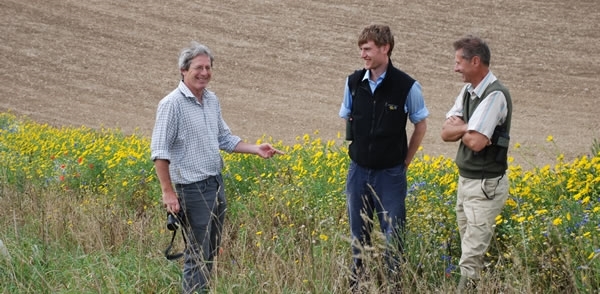Continuing national declines in farmland bird numbers (Turtle doves 'nearing UK extinction because of farming practices', November 23) is depressing news. However, we know that numerous individual farmers across the country are achieving great things at the farm scale, and through ‘farm clusters’ where groups of farmers combine resources specifically to conserve wildlife at the landscape scale.

On our own Allerton Project research and demonstration farm at Loddington, Leicestershire, we have doubled the numbers of birds present (see graph above) by adapting a management system originally developed for gamebirds. Different farmers have different approaches to wildlife conservation, but there are enough examples of successful initiatives to be optimistic for the future.
Professor Chris Stoate
Head of Allerton Project Research
Game and Wildlife Conservation Trust
Farmer Clusters - Get your free guide

What's inside your FREE guide
✓ Background
✓ How farmer clusters work
✓ Forming a Farmer Cluster
✓ Case study: The Selborne Landscape Partnership
*You may change your mind any time. For more information, see our Privacy Policy.